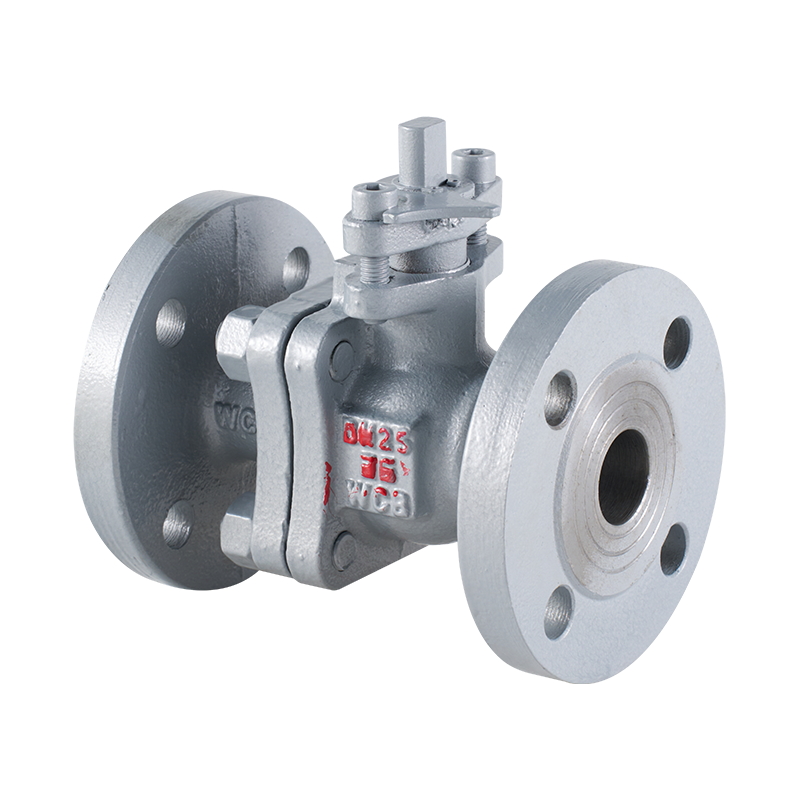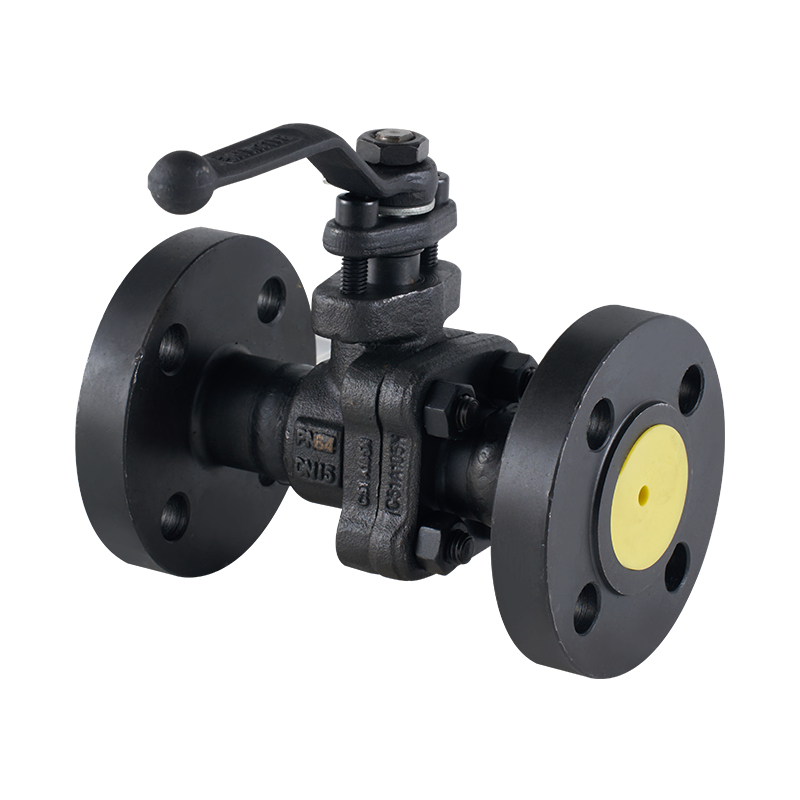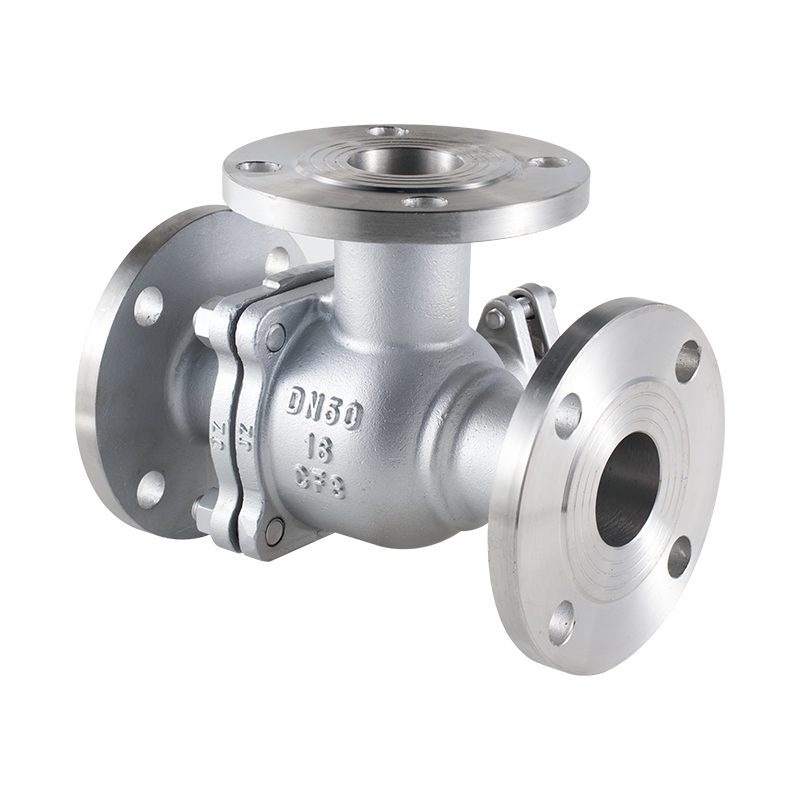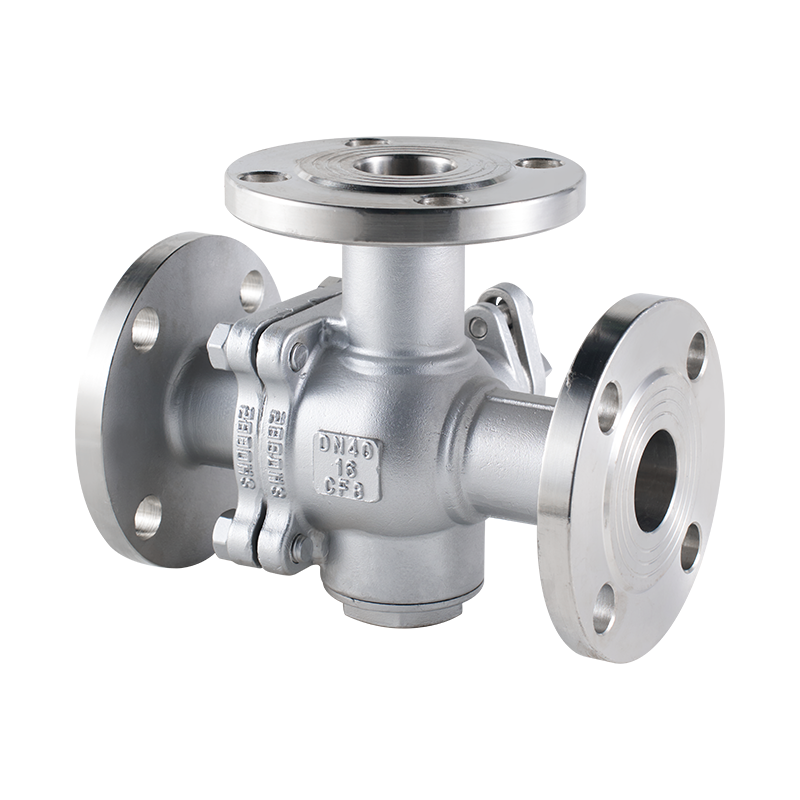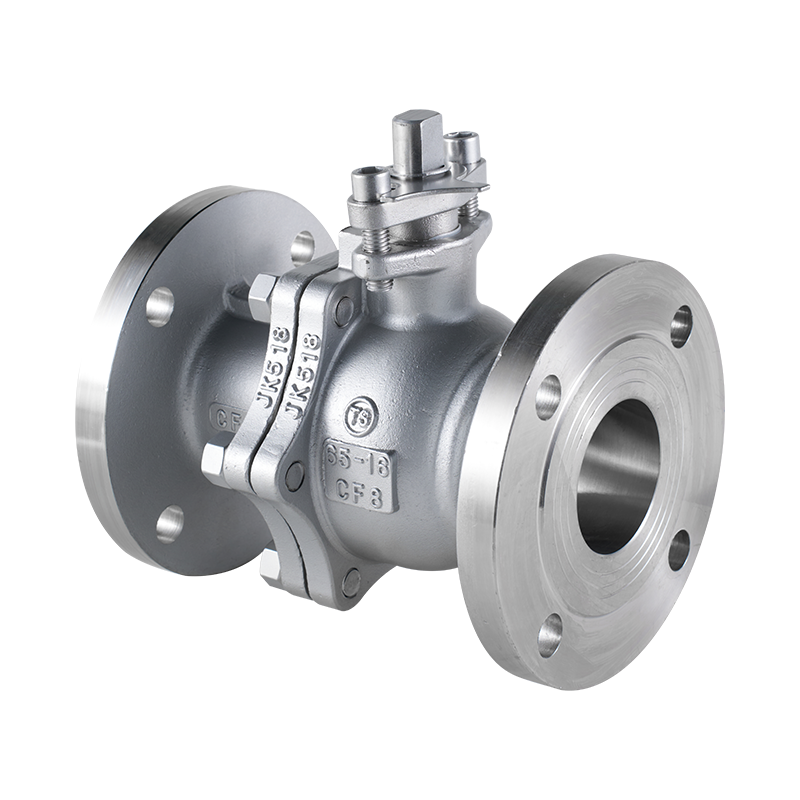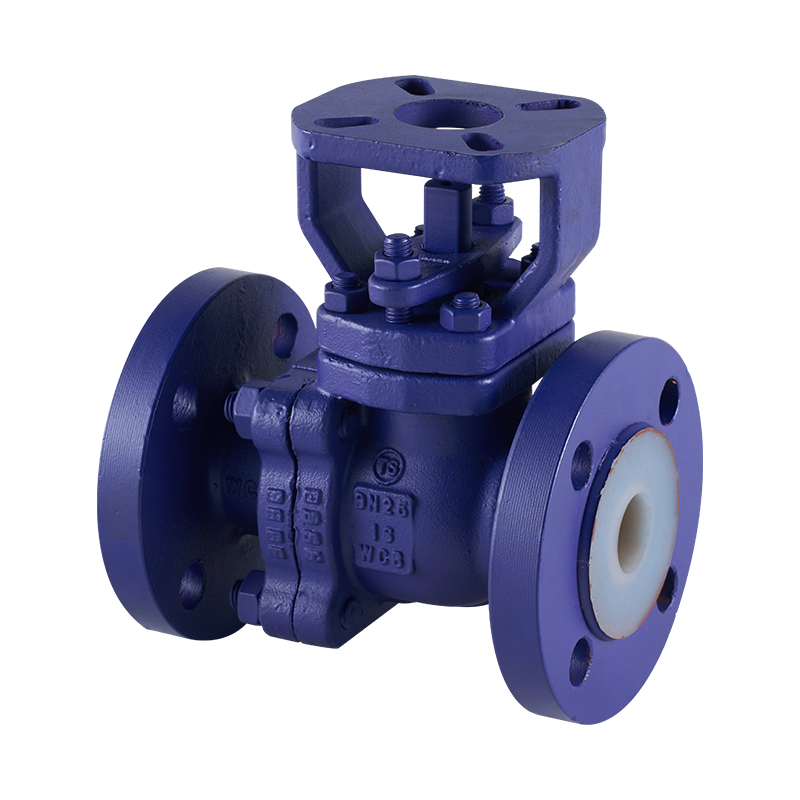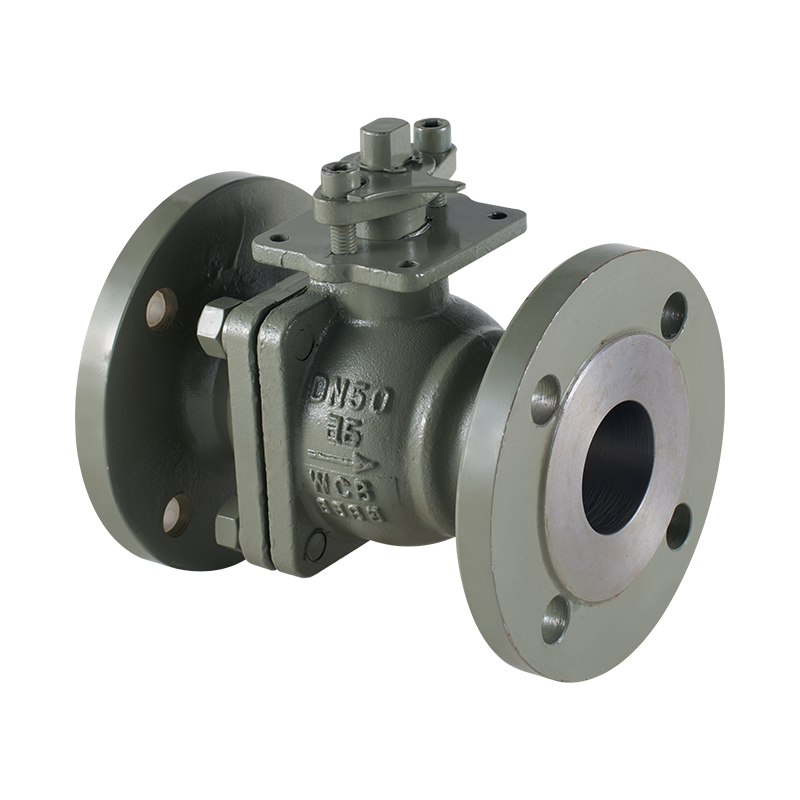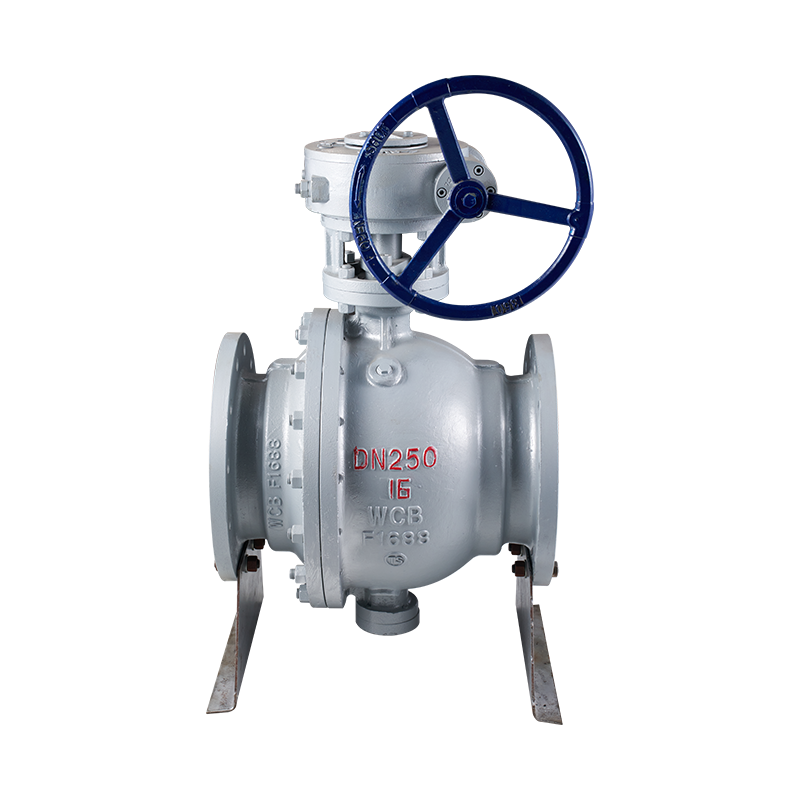The Cast Steel American Standard Solenoid Ball Stop Valve is a critical component in many industrial fluid control systems. It plays a significant role in regulating the flow of gases or liquids by utilizing the combined functionalities of solenoids and ball valves. These valves are widely used in applications where tight control and minimal leakage are paramount, particularly in oil and gas, chemical, and petrochemical industries. One of the pressing concerns with any valve, especially in high-pressure and hazardous systems, is ensuring that the valve operates without leakage or unnecessary emissions.
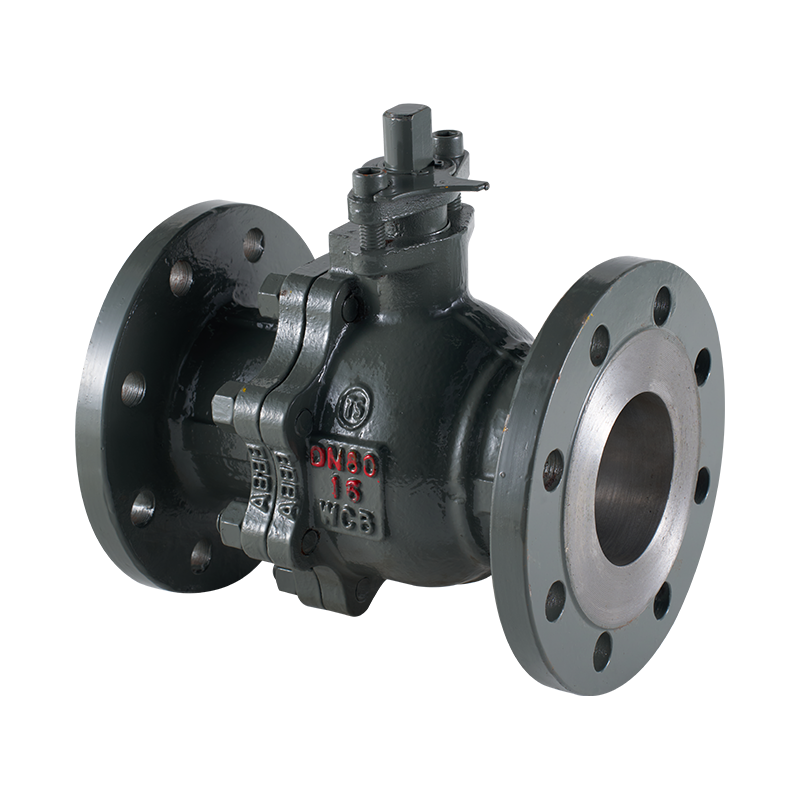
A Cast Steel American Standard Solenoid Ball Stop Valve combines a solenoid valve and a ball valve in one device, providing automatic control over the flow of fluid. The solenoid portion is responsible for opening or closing the valve in response to an electrical signal, while the ball valve mechanism provides the physical flow control. The Cast Steel American Standard Solenoid Ball Stop Valve is widely used because of its ability to handle a variety of fluids, its durability, and its ease of automation.
The cast steel construction provides strength and resistance to mechanical stress, making the valve highly reliable even in high-pressure and temperature applications. The design of the valve ensures a smooth sealing mechanism, reducing the likelihood of leaks during operation. However, as with all valves, ensuring that the valve is free from leakage and emissions requires proper design, installation, and maintenance.
Leakage is a primary concern in any fluid control system. Whether it is liquid, gas, or steam, any leakage can bring about inefficiencies, safety hazards, or even environmental harm. For the Cast Steel American Standard Solenoid Ball Stop Valve, ensuring that the valve remains leak-free is crucial.
The sealing mechanism within the Cast Steel American Standard Solenoid Ball Stop Valve is the line of defense against leakage. The valve's ball, when rotated, moves into contact with a seat that is usually made from a durable material such as PTFE (polytetrafluoroethylene), metal, or a composite material. The ball valve design inherently allows for a tight seal when the valve is in the closed position, which minimizes leakage.
Additionally, the choice of materials for the valve's seals and seats is critical. PTFE is widely used for its high chemical resistance and low friction properties, making it an ideal choice for controlling leakage in chemical and petrochemical applications. However, in some high-pressure applications, a metal-to-metal seal might be required for even tighter control of leakage. These materials must be carefully selected based on the operating conditions, including pressure, temperature, and the type of fluid being handled.
The solenoid mechanism that operates the valve is also crucial in controlling leakage. If the solenoid is poorly designed or malfunctioning, it could result in improper valve closure, bring about leakage. High-quality solenoids are built to provide precise control over the opening and closing of the valve. The electromagnetic coils within the solenoid must be robust and resistant to wear over time, ensuring that the valve operates with minimal movement and no leakage at the valve's interface.
The Cast Steel American Standard Solenoid Ball Stop Valve is often used in systems that involve high-pressure or high-temperature conditions. These factors can significantly affect the ability of the valve to maintain a proper seal. Pressure surges can stress the valve's sealing mechanism, bring about leakage. To mitigate this, pressure relief valves and surge protection features are often incorporated into the system to prevent excessive pressure from affecting the valve's sealing integrity. Moreover, the flow rate should be maintained within the valve's specified limits to ensure smooth operation and prevent damage to the valve's internal components.

 English
English 中文简体
中文简体


